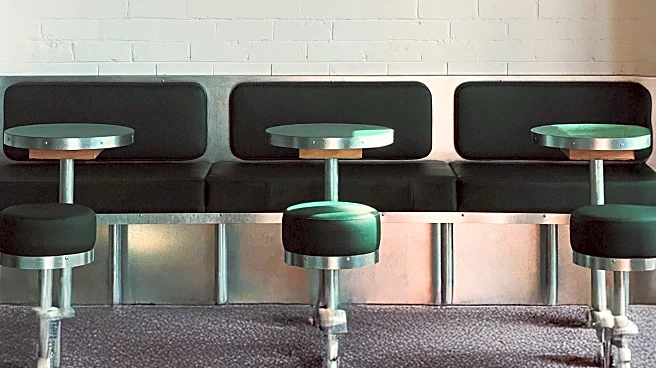What's Happening?
Traditional American diners, once a staple of the U.S. culinary landscape, are experiencing a decline. Despite this trend, Tops Diner in New Jersey remains one of the busiest, serving 13,000 people weekly. Summit Diner, one of the oldest in the state, continues to operate successfully. The decline of diners is attributed to changing consumer preferences and the rise of fast-casual dining options.
Why It's Important?
The decline of diners reflects broader shifts in American dining habits, with consumers favoring convenience and variety offered by fast-casual restaurants. This trend impacts local economies and cultural heritage, as diners have historically served as community gathering spots. The survival of establishments like Tops and Summit Diner highlights the resilience of traditional dining models amidst evolving market dynamics.
What's Next?
Diners that adapt to changing consumer preferences by offering diverse menus and modernized experiences may continue to thrive. The focus will be on balancing tradition with innovation to attract new generations of diners. Stakeholders in the diner industry may explore partnerships and marketing strategies to revitalize interest in this iconic American dining experience.
Beyond the Headlines
The decline of diners raises questions about cultural preservation and the impact of modern dining trends on community identity. As diners disappear, there is a risk of losing a unique aspect of American culinary history, prompting discussions on how to preserve these cultural landmarks.











